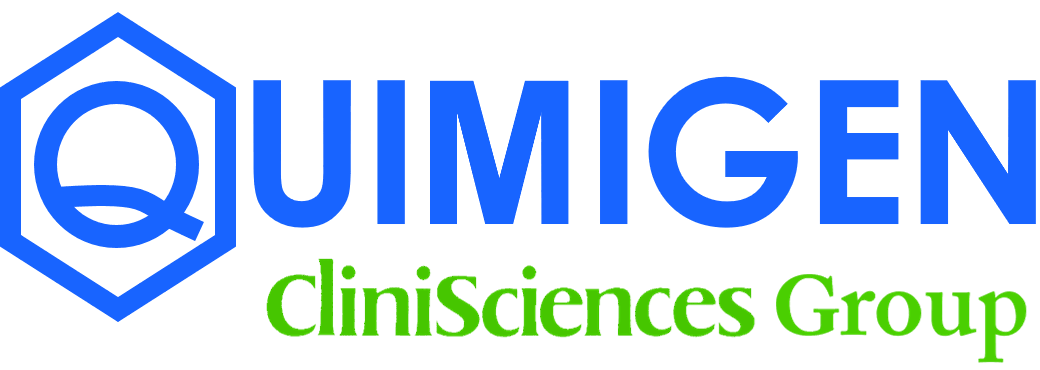Immunohistochemistry (IHC) relies on a range of buffers and reagents to ensure clear, specific, and reproducible staining of tissue sections. These components are essential at every step of the IHC workflow, from tissue preparation to visualization.
Key Buffers and Solutions in IHC
- Fixation Buffers
- 10% Neutral Buffered Formalin: The most common fixative for preserving tissue morphology and antigenicity.
- Alternative Fixatives: Methanol, ethanol, acetone, Bouin’s, and zinc formalin, depending on tissue type and antigen sensitivity.
- Antigen Retrieval Buffers
Purpose: Unmask epitopes masked by fixation, enhancing antibody access
- Washing Buffers
- Phosphate Buffered Saline (PBS): Widely used for washing between steps; maintains isotonic conditions.
- Tris Buffered Saline (TBS): Preferred in some protocols, especially with alkaline phosphatase detection, as phosphate can inhibit AP activity.
-
Quenching Reagents
- Hydrogen Peroxide (H₂O₂): Used (typically 3%) to inactivate endogenous peroxidase activity, preventing false positives in HRP-based detection.
- Levamisole: Inhibits endogenous alkaline phosphatase activity, used in AP-based detection systems.
- Blocking Buffers and Reagents
Purpose: Reduce nonspecific antibody binding and background staining
- Antibody Diluents
Purpose: Dilute primary and secondary antibodies to optimal concentrations while maintaining stability and minimizing nonspecific binding
- Detection Reagents
- Chromogens: DAB (3,3'-diaminobenzidine), AEC, BCIP/NBT for visualization of HRP or AP activity.
- Substrate Buffers: Provided with chromogen kits to optimize enzyme reaction conditions.
- Mounting Media
- Aqueous or resin-based media: Used to preserve stained slides for imaging and storage.





